

Articles
How To Store Sliced Tomatoes In The Fridge
Modified: December 7, 2023
Learn how to store sliced tomatoes in the fridge to keep them fresh and flavorful for longer. Check out our helpful articles and tips.
(Many of the links in this article redirect to a specific reviewed product. Your purchase of these products through affiliate links helps to generate commission for Storables.com, at no extra cost. Learn more)
Introduction
Welcome to our guide on how to store sliced tomatoes in the fridge! Tomatoes are a versatile and delicious ingredient that adds flavor and vibrancy to countless dishes. Whether you’re slicing tomatoes for a salad, sandwich, or any other recipe, it’s important to know how to properly store them to maximize their freshness and flavor.
Storing sliced tomatoes correctly is crucial to maintain their texture and taste. Improper storage can lead to mushy or dry tomatoes, which can be disappointing if you were planning on using them for a meal. Thankfully, with a few simple steps, you can keep your sliced tomatoes fresh and ready to use for an extended period.
Throughout this article, we will share the best practices for storing sliced tomatoes. We’ll provide you with step-by-step instructions on how to store them in the fridge, along with alternative methods you can use. Additionally, we’ll give you tips on how to maximize the shelf life of sliced tomatoes, so you can enjoy their deliciousness for as long as possible.
So, if you’re ready to learn how to store sliced tomatoes in the fridge like a pro, let’s dive in!
Key Takeaways:
- Properly storing sliced tomatoes in the fridge preserves their freshness, flavor, and texture, ensuring they’re ready to enhance your meals with vibrant, delicious goodness whenever you need them.
- Alternative methods like freezing, pickling, or drying offer versatile options for storing sliced tomatoes based on your preferences, allowing you to enjoy their deliciousness in various dishes.
Read more: How To Store Ham Slices In Fridge
Why Store Sliced Tomatoes?
Before we delve into the best practices for storing sliced tomatoes, let’s explore why it’s essential to store them properly.
1. Preserve Freshness: Sliced tomatoes are highly perishable due to their high water content. By storing them correctly, you can extend their shelf life, keeping them fresh and flavorful for longer periods.
2. Convenience: Slicing tomatoes in advance can save you time in meal preparation. By having sliced tomatoes readily available in your fridge, you can effortlessly add them to sandwiches, salads, or any other dishes, making mealtime a breeze.
3. Meal Planning: By storing sliced tomatoes, you can incorporate them into your meal planning. Knowing that you have pre-sliced tomatoes on hand can inspire you to create various recipes, ensuring that you use up this versatile ingredient before it goes bad.
4. Reduced Food Waste: Properly stored sliced tomatoes are less likely to spoil quickly, reducing the chances of them being thrown away. Minimizing food waste is not only beneficial for your wallet but also for the environment.
5. Flavor Enhancement: Sliced tomatoes can develop deeper flavors when stored properly. As they rest, the natural enzymes in tomatoes break down complex sugars, enhancing their taste profile. This can significantly elevate the flavor of the dishes you use them in.
Now that you understand the importance of storing sliced tomatoes correctly, let’s move on to the best practices to ensure optimum freshness and quality.
Best Practices for Storing Sliced Tomatoes
When it comes to storing sliced tomatoes, there are a few key practices you should follow to maintain their freshness and flavor. Here are the best practices to keep in mind:
- Choose Ripe Tomatoes: It’s crucial to start with ripe tomatoes for the best results. Look for tomatoes that are firm, brightly colored, and have a slight give when gently squeezed. Ripe tomatoes will have the best flavor and texture when sliced and stored.
- Use Sharp Knives: When slicing your tomatoes, always use a sharp knife. A dull knife can crush the tomato, leading to excess moisture loss and a less appealing texture. A sharp knife will make clean cuts, preserving the tomato’s integrity.
- Remove Excess Moisture: Before storing sliced tomatoes, pat them dry with a paper towel to remove any excess moisture. This step helps prevent them from becoming mushy when stored.
- Separate Slices: To prevent the slices from sticking together, place them in a single layer on a plate or tray. This allows for better air circulation and helps maintain their individual shape and texture.
- Use Proper Storage Containers: To store sliced tomatoes in the fridge, choose airtight containers or resealable bags. These containers help minimize moisture loss and keep the tomatoes fresh. Avoid using plastic wrap or aluminum foil, as they can cause the tomatoes to become wilted or impart an off flavor.
- Label and Date: If you’re storing sliced tomatoes for an extended period, it’s a good idea to label the container with the date of storage. This way, you can easily track their freshness and ensure you use the oldest slices first.
By following these best practices, you’ll be well on your way to storing sliced tomatoes in a way that preserves their quality and taste. In the next section, we will provide you with a step-by-step guide on how to store sliced tomatoes in the fridge.
Step-by-Step Guide to Storing Sliced Tomatoes in the Fridge
Now that you have a good understanding of the best practices for storing sliced tomatoes, let’s walk through a step-by-step guide to storing them in the fridge:
- Prepare Your Tomatoes: Start by choosing ripe tomatoes and washing them thoroughly under cool running water. Pat them dry with a paper towel to remove excess moisture.
- Slice the Tomatoes: Using a sharp knife, slice the tomatoes to your desired thickness. Aim for even slices to ensure consistent storage and flavor.
- Arrange the Slices: Lay the tomato slices in a single layer on a plate or tray. Avoid stacking or crowding them together as this can cause them to become squished or stick together.
- Store in an Airtight Container: Transfer the tomato slices to an airtight container or resealable bag. Make sure the container is clean and dry before adding the slices.
- Seal the Container: Close the container tightly to create an airtight seal. This helps prevent excess moisture loss and protects the slices from absorbing odors in the fridge.
- Label and Date: If you’re storing the sliced tomatoes for more than a day, label the container with the date of storage. This will help you keep track of their freshness.
- Place in the Fridge: Transfer the container of sliced tomatoes to the refrigerator. Store them on a shelf where they are less likely to get crushed or jostled.
- Use within a Few Days: Sliced tomatoes are at their best within the first few days of storage. Aim to use them within 2-3 days for optimal flavor and texture.
Following these steps will ensure that your sliced tomatoes stay fresh and delicious in the fridge. However, if you’re looking for alternative methods to store your sliced tomatoes, keep reading!
Store sliced tomatoes in an airtight container or resealable bag in the fridge. Place a paper towel in the container to absorb excess moisture and help keep the tomatoes fresh for up to 3 days.
Alternative Methods for Storing Sliced Tomatoes
While storing sliced tomatoes in the fridge is the most common and effective method, there are a few alternative methods you can try based on your preferences and needs:
- Freezing: If you have a large quantity of sliced tomatoes and want to store them for an extended period, freezing is an excellent option. Lay the sliced tomatoes in a single layer on a baking sheet and place them in the freezer until frozen. Transfer the frozen slices to a freezer-safe bag or container and use them directly from the freezer when needed. Keep in mind that frozen tomatoes will have a different texture when thawed, so they are best used in soups, stews, or cooked dishes rather than salads or sandwiches.
- Pickling: Pickling sliced tomatoes is a great way to preserve their flavor and add a tangy twist. Combine vinegar, water, salt, sugar, and your preferred spices and herbs in a saucepan. Bring the mixture to a boil, then pour it over the tomato slices in a sterilized jar. Seal the jar and let it cool before storing it in the fridge. The pickled tomatoes can be enjoyed on their own or used as a delicious condiment.
- Drying: Drying sliced tomatoes is a fantastic way to concentrate their flavor and extend their shelf life. Slice the tomatoes and place them on a baking sheet lined with parchment paper. Sprinkle them with salt and any desired herbs or spices. Bake them at a low temperature (around 200°F/93°C) for several hours until they are dried and slightly leathery. Once cooled, store the dried tomato slices in an airtight container at room temperature. These flavorful dried tomatoes can be used in salads, pasta dishes, or as a savory snack.
These alternative methods offer different storage options for your sliced tomatoes, depending on their intended use and your personal preferences. Experiment with these methods to find the one that suits you best. In the next section, we’ll share some tips to help you maximize the shelf life of your sliced tomatoes.
Read more: How To Store Grape Tomatoes In The Fridge
Tips for Maximizing the Shelf Life of Sliced Tomatoes
To ensure that your sliced tomatoes stay fresh and flavorful for as long as possible, consider these helpful tips:
- Keep the Temperature Consistent: Store your sliced tomatoes in the coldest part of the refrigerator, typically the vegetable drawer. Avoid placing them near the fridge door or in areas that experience temperature fluctuations.
- Avoid Direct Sunlight: Exposure to sunlight can cause tomatoes to ripen quickly and spoil faster. Store them in a dark and cool place, such as the crisper drawer or a shelf away from direct light.
- Handle with Care: Avoid excessive handling of the sliced tomatoes, as this can cause bruising or damage. Gently place them in the storage container and avoid unnecessary agitation.
- Don’t Slice Too Far in Advance: While it’s convenient to slice tomatoes ahead of time, it’s best not to slice them too far in advance. Sliced tomatoes are best used within 2-3 days for optimal freshness.
- Separate Ripened and Unripened Tomatoes: If you have both ripe and unripe tomatoes, store them separately. Ripe tomatoes release ethylene, which can cause unripe tomatoes to ripen and spoil faster.
- Inspect Before Use: Before using the sliced tomatoes, inspect them for any signs of spoilage, such as mold, discoloration, or a foul odor. If they appear off, it’s best to discard them to prevent any foodborne illnesses.
- Cut as Needed: To maximize freshness, consider slicing only the tomatoes you need for a particular meal. This helps avoid wasting unused slices and ensures the rest remain at their freshest.
By following these tips, you can extend the shelf life of your sliced tomatoes and enjoy their deliciousness for an extended period. Now, let’s address some frequently asked questions about storing sliced tomatoes.
Frequently Asked Questions (FAQs)
Here are some commonly asked questions about storing sliced tomatoes:
- Can I store sliced tomatoes at room temperature?
- How long can I store sliced tomatoes in the fridge?
- Can I store sliced tomatoes in water?
- Can I freeze sliced tomatoes?
- Are there any signs that sliced tomatoes have spoiled?
While it’s possible to store whole tomatoes at room temperature, sliced tomatoes are best stored in the fridge to maintain their freshness and prevent bacterial growth.
Sliced tomatoes can be stored in the fridge for 2-3 days. It’s best to use them within this timeframe for optimal flavor and texture.
Storing sliced tomatoes in water is not recommended, as it can make them mushy and cause loss of flavor. It’s better to store them in an airtight container or bag in the fridge.
Yes, you can freeze sliced tomatoes. Lay them in a single layer on a baking sheet and freeze them until solid. Transfer the frozen slices to a freezer-safe bag or container. However, keep in mind that the texture will be different when thawed, so they are best used in cooked dishes.
Signs of spoiled tomatoes include mold, discoloration, wrinkling, or a sour odor. If you notice any of these signs, it’s best to discard the sliced tomatoes to avoid any potential health risks.
We hope these answers have addressed your concerns about storing sliced tomatoes. If you have any more questions, feel free to reach out to us. Now, let’s summarize what we’ve discussed so far.
Conclusion
Properly storing sliced tomatoes is essential to maintain their freshness, flavor, and texture. By following the best practices outlined in this guide, you can ensure that your sliced tomatoes stay delicious for an extended period.
Remember to choose ripe tomatoes, use sharp knives, remove excess moisture, and store the slices in airtight containers. Label and date the containers for easy tracking and place them in the coldest part of the fridge.
If you’re looking for alternative storage methods, you can consider freezing, pickling, or drying sliced tomatoes to suit your preferences and needs.
Maximize the shelf life of your sliced tomatoes by keeping the temperature consistent, avoiding direct sunlight, handling them with care, and inspecting them before use. Cut the tomatoes as needed to minimize waste and ensure freshness.
We hope that this comprehensive guide has provided you with valuable insights into storing sliced tomatoes in the fridge. With these tips and techniques, you can enjoy fresh and flavorful tomatoes in your favorite recipes whenever you desire.
Remember, whether you need sliced tomatoes for a refreshing salad, a hearty sandwich, or a flavorful sauce, proper storage is the key to maintaining their quality and taste. So, slice away and savor the goodness of tomatoes for many meals to come!
Frequently Asked Questions about How To Store Sliced Tomatoes In The Fridge
Was this page helpful?
At Storables.com, we guarantee accurate and reliable information. Our content, validated by Expert Board Contributors, is crafted following stringent Editorial Policies. We're committed to providing you with well-researched, expert-backed insights for all your informational needs.
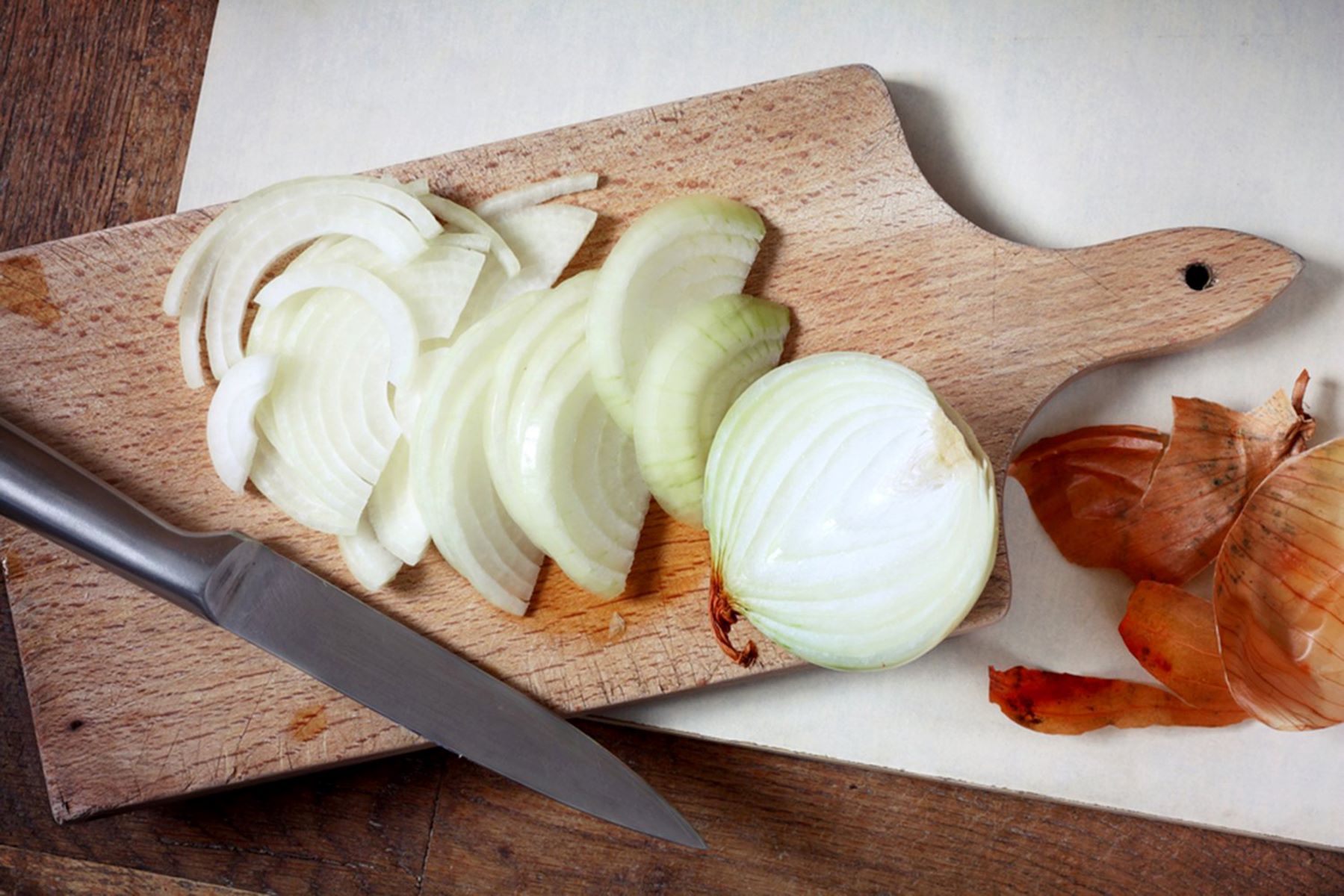



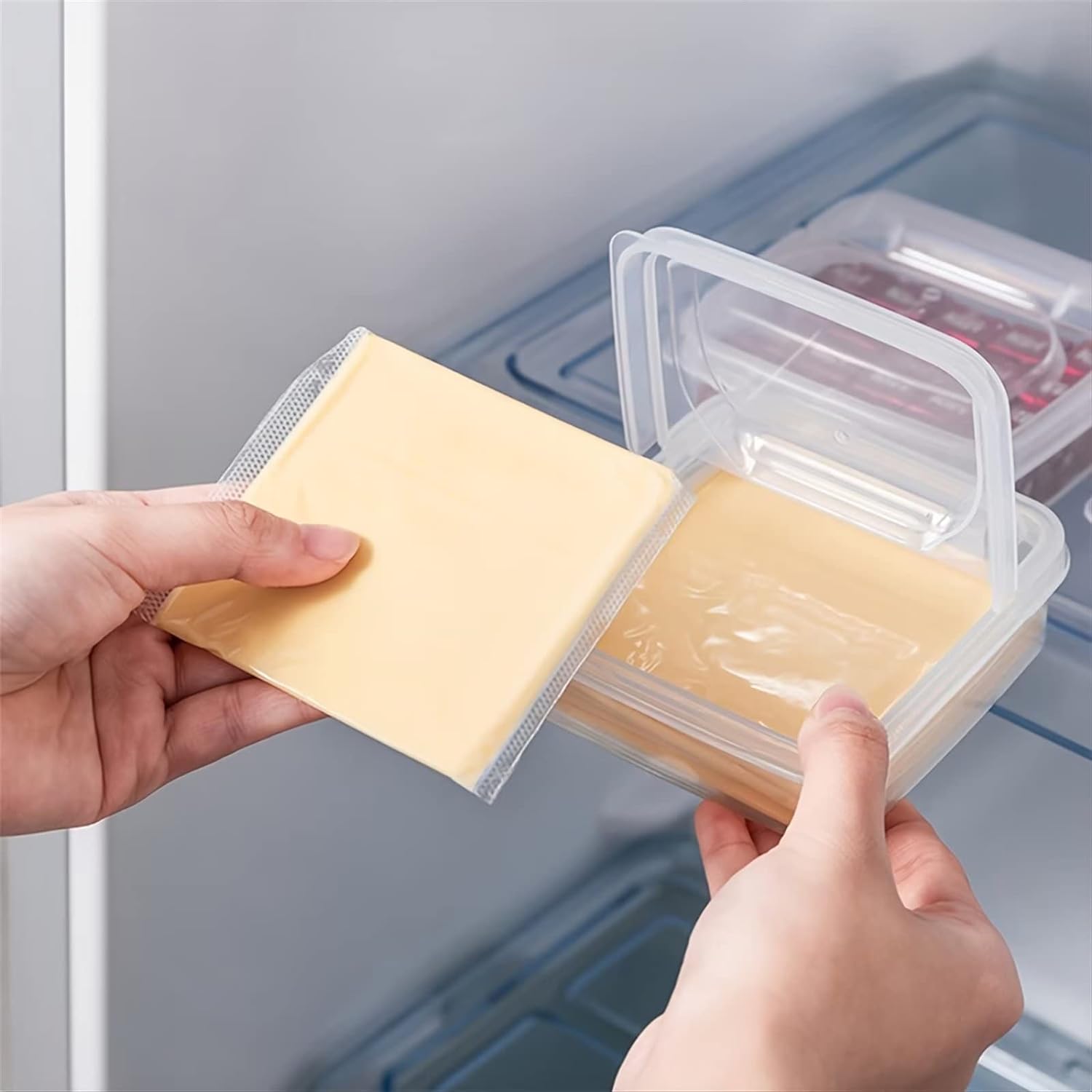
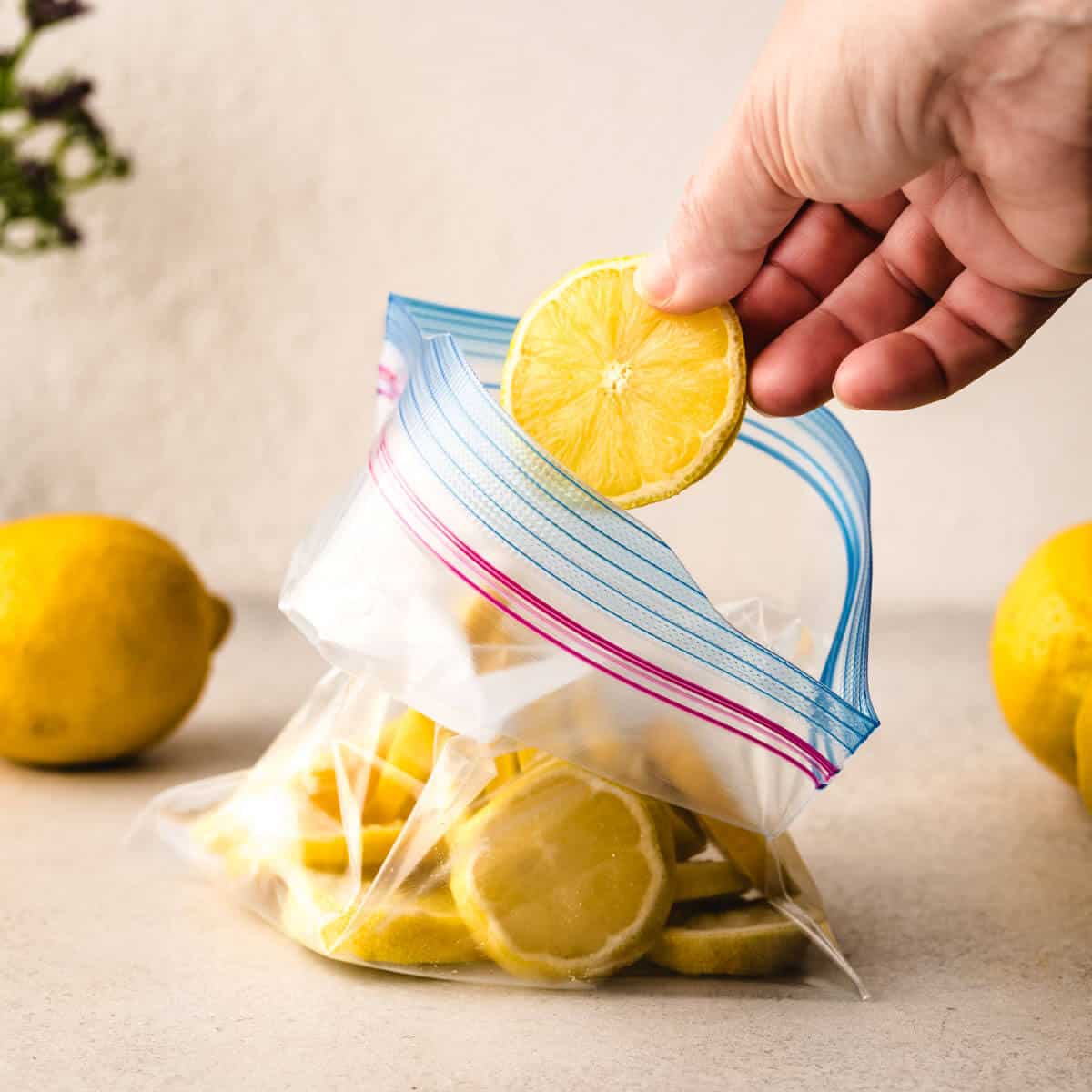

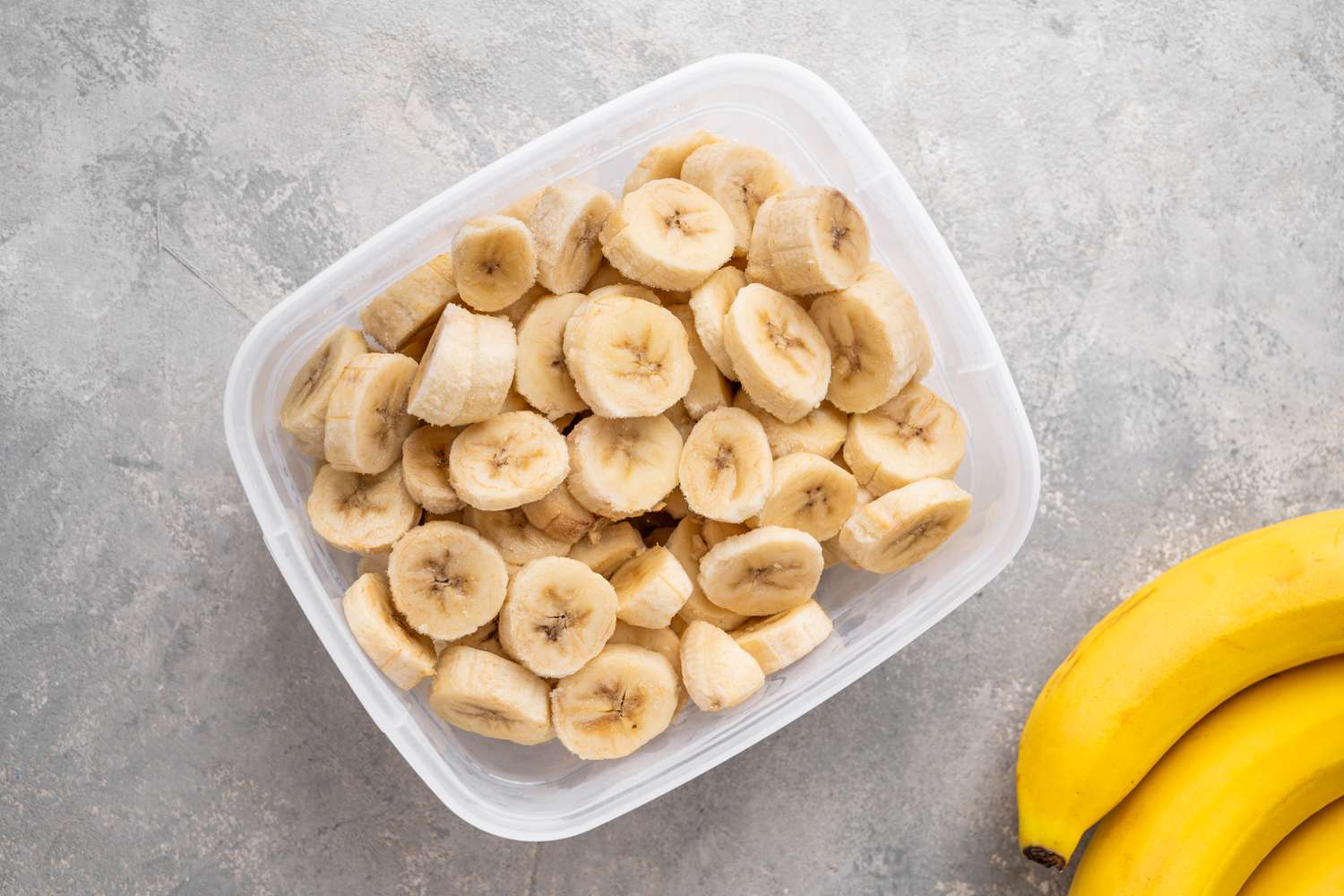


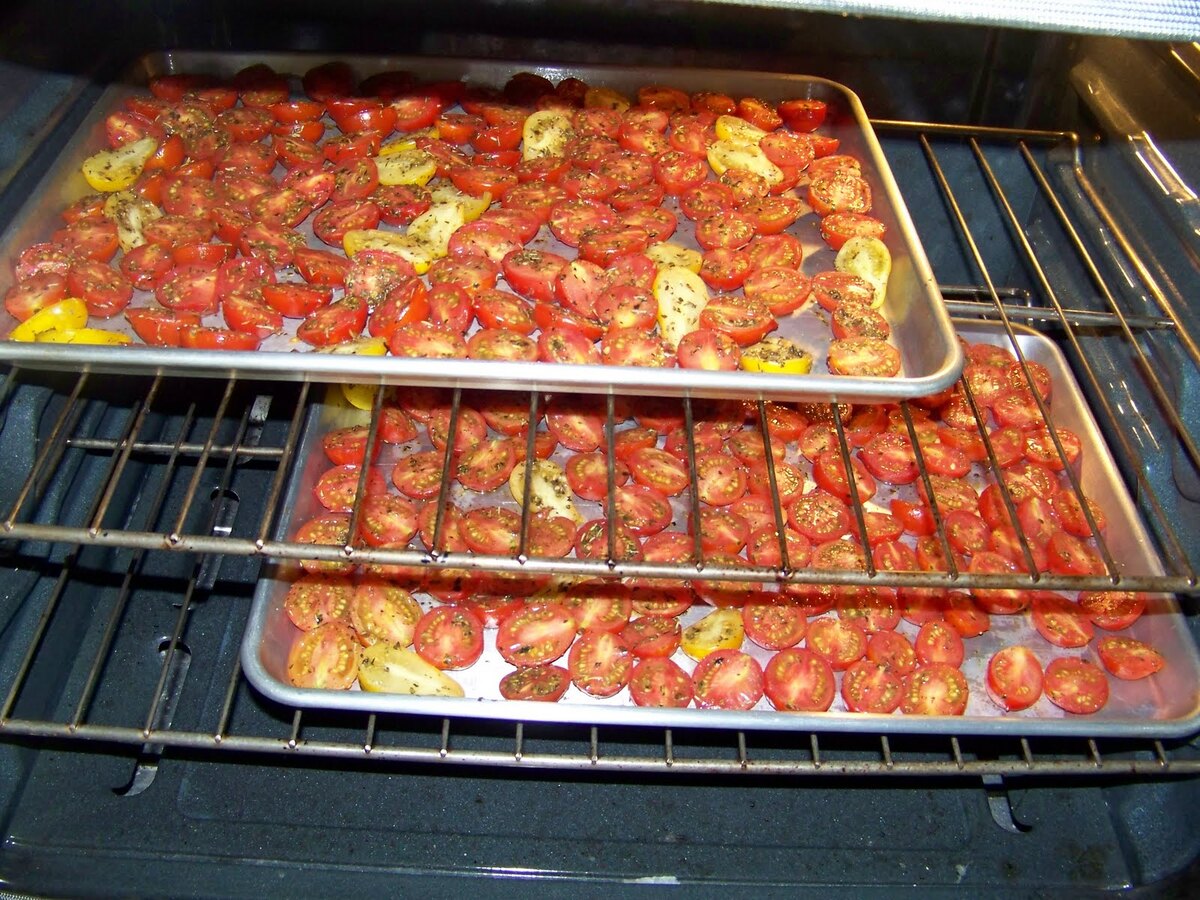


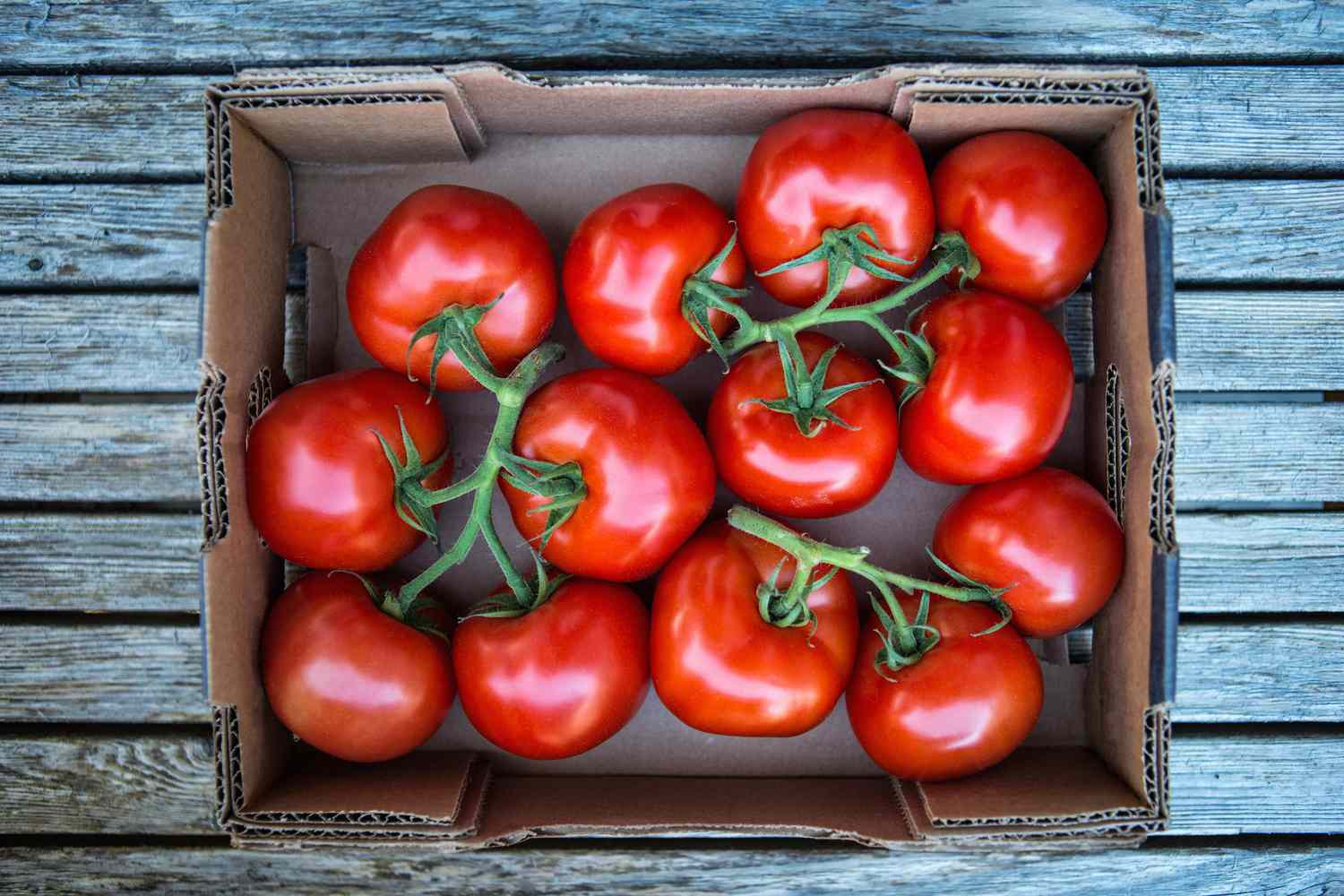

0 thoughts on “How To Store Sliced Tomatoes In The Fridge”